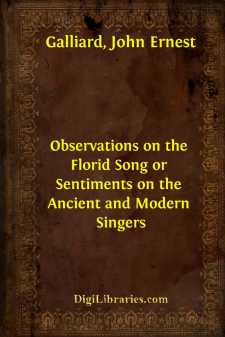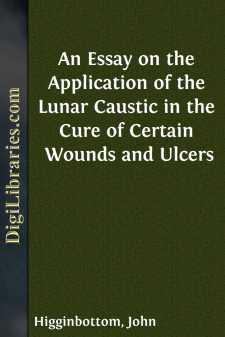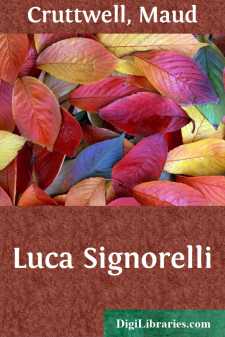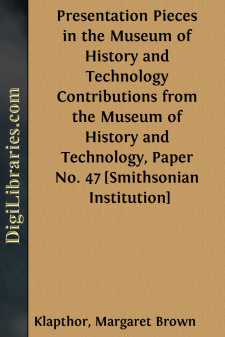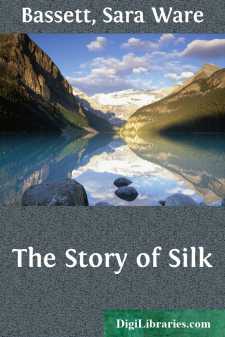Non-Classifiable
- Non-Classifiable 1768
Non-Classifiable Books
Sort by:
by:
Richard Aldrich
MY PURPOSE My purpose is to discuss simply, intelligibly, yet from a scientific point of view, the sensations known to us in singing, and exactly ascertained in my experience, by the expressions "singing open," "covered," "dark," "nasal," "in the head," or "in the neck," "forward," or "back." These expressions correspond to our sensations...
more...
A peculiar gap exists between the accepted theoretical basis of instruction in singing and the actual methods of vocal teachers. Judging by the number of scientific treatises on the voice, the academic observer would be led to believe that a coherent Science of Voice Culture has been evolved. Modern methods of instruction in singing are presumed to embody a system of exact and infallible rules for the...
more...
PREFACE TO THE SECOND EDITION. One of the most encouraging signs of the growth of musical taste and understanding at the present time as regards the singing of children, is the almost unanimous acquiescence of choirmasters, supervisors, teachers, and others in the idea that children should sing softly, and avoid loud and harsh tones; and the author ventures to hope that the first edition of this book...
more...
Gentlemen, ersons of Eminence, Rank, Quality, and a distinguishing Taste in any particular Art or Science, are always in View of Authors who want a Patron for that Art or Science, which they endeavour to recommend and promote. No wonder therefore, I should have fix'd my Mind on You, to patronize the following Treatise. If there are Charms in Musick in general, all the reasonable World agrees, that...
more...
CHAPTER I. ON HEALING BY ESCHAR. Having been led, by several circumstances, to try the effects of the Lunar Caustic in the treatment of Wounds and Ulcers, and having great reason, from these trials, to think that this remedy may be used with much advantage far more extensively than has hitherto been done, I lay the results of my experience before my medical brethren. A very natural mode of healing...
more...
by:
Maud Cruttwell
CHAPTER I HIS LIFE (BORN 1441: DIED 1523) It is a curious fact that, considering the number of documents which exist relating to Signorelli, and the paintings time has spared, so little should be known beyond the merest outline of his life. The very dates of his birth and death are indirectly acquired; the documents leave his youth and early manhood an absolute blank, and there are only two of his...
more...
The custom of giving a piece of silver to an individual in recognition of service or in appreciation of accomplishment probably began as soon as man developed the fashioning of that metal into objects. Such a presentation piece was a tangible and durable form of recognition which could be appreciated, used, displayed, and enjoyed by the recipient. Many of these silver pieces became for succeeding...
more...
CHAPTER ITHE BRETTON FAMILY Madame Antoinette Bretton went for the third time to the door of her tiny cottage and, shading her eyes, looked anxiously up the side of the ice-capped mountain that flanked the garden. There was still no one in sight, and with a shake of her head she returned to the coarse grey socks she was knitting. It was late afternoon, and through the stillness she could hear the roar...
more...
by:
W. D. Bayliss
Preface Some explanation appears to be due from us for writing this account of the Singapore Convict Jail so long after the date of its final abolition. The truth is, that for several years it has been our opinion that it ought to be written by some one, and the same suggestion had often been made to one of us by the late Doctor Mouat, Inspector General of Jails, Bengal, and others who were well...
more...
Description and comments.—P4 of KU no. 11210 has a large posterolingual cusp separated from the main cusp by a distinct groove, which deepens posteriorly. The posterolingual cusp is supported by the broad posterior root. P4 of the type specimen of Sinclairella dakotensis is described (Jepsen, 1934, p. 392) as having an oval outline at the base of the crown, and a small, posterolingual cusp. A chip of...
more...


![How to Sing
[Meine Gesangskunst]](https://digilibraries-com.s3.eu-central-1.amazonaws.com/covers/ce5d735a-24bd-4e45-bc59-b94dfd4cd5fa.jpg)


